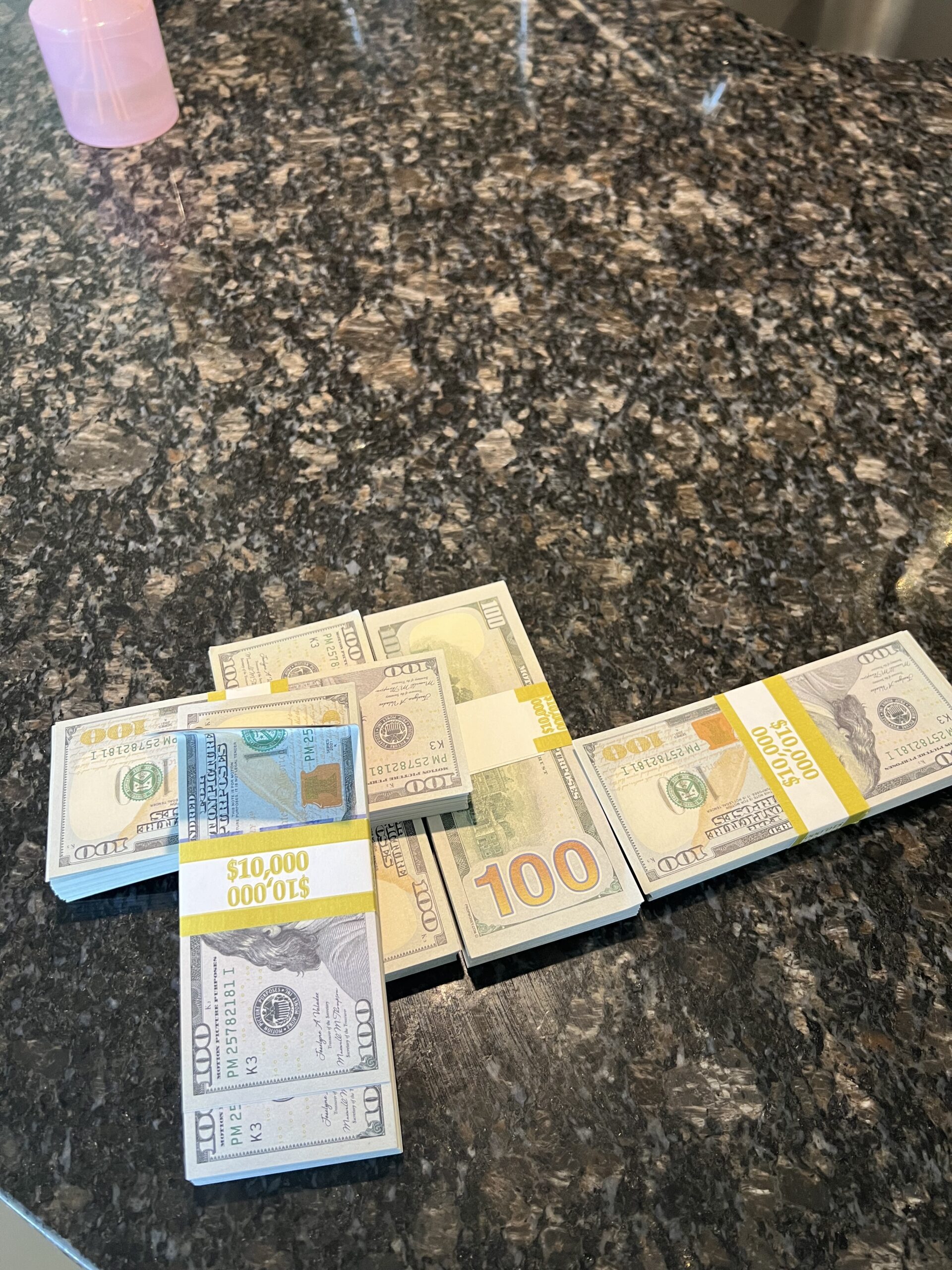The Controversial Debate on Counterfeit Money
Introduction:
Counterfeit money has long been a topic of controversy and debate. While it is illegal and unethical, some argue that it could potentially be used as a means to reduce poverty in countries like the United States and Canada. This article delves into the arguments surrounding this issue, exploring both the potential benefits and the inherent risks associated with counterfeit money. It is important to note that the intention of this article is not to endorse or promote illegal activities, but rather to provide a comprehensive analysis of the topic.
The Potential Benefits of Counterfeit Money
1. Economic Stimulus:
Proponents of using counterfeit money as a tool to reduce poverty argue that injecting counterfeit currency into the economy can stimulate economic growth. The logic behind this claim is that when individuals who are living in poverty receive counterfeit money, they are more likely to spend it immediately on essential goods and services. This increased spending can lead to a boost in demand, which in turn can drive up production and employment rates.
2. Income Redistribution:
Another argument put forth by proponents is that counterfeit money can serve as a form of income redistribution. By providing counterfeit currency to those in need, wealth can be redistributed from the rich to the poor. This redistribution can help bridge the income gap and alleviate poverty levels, at least temporarily.
3. Increased Consumer Confidence:
Counterfeit money proponents also argue that injecting counterfeit currency into the economy can increase consumer confidence. When individuals have more money in their pockets, they are more likely to spend, leading to increased economic activity. This surge in consumer spending can positively impact businesses, potentially creating job opportunities and reducing poverty rates.
Buy Counterfeit Money Online in the USA and Canada.
You can now buy high-quality counterfeit money from reliable suppliers in Canada and the USA. undetectablecounterfeitbillss.com
The Inherent Risks and Drawbacks
1. Legal and Ethical Concerns:
The use of counterfeit money is illegal and unethical. It undermines the integrity of the monetary system and can have severe consequences for individuals caught in possession or circulation of counterfeit currency. Engaging in such activities can result in criminal charges, fines, and imprisonment. Moreover, counterfeit money perpetuates a cycle of illegal activities, making it difficult to distinguish between legitimate and counterfeit currency.
2. Inflation and Economic Instability:
The injection of counterfeit money into the economy can lead to inflation and economic instability. When the supply of money increases without a corresponding increase in goods and services, prices tend to rise. This can erode the purchasing power of legitimate currency, disproportionately affecting those who are already living in poverty. Additionally, economic instability can discourage investment and hinder long-term economic growth.
3. Negative Impact on Legitimate Businesses:
Counterfeit money poses a significant threat to legitimate businesses. When counterfeit currency is used, businesses may suffer financial losses as they unknowingly accept fake money for goods or services. This can lead to decreased trust in the monetary system and negatively impact the overall economy. Small businesses, in particular, may be more vulnerable to the detrimental effects of counterfeit money.
The Importance of Legal and Ethical Solutions
1. Strengthening Law Enforcement:
To combat the use of counterfeit money, it is crucial to strengthen law enforcement efforts. This includes increasing resources dedicated to detecting and preventing counterfeit currency circulation. The monetary system’s integrity can be preserved by apprehending those involved in counterfeiting activities, ensuring a stable and trustworthy economy.
2. Promoting Financial Education:
Another important aspect is promoting financial education among individuals living in poverty. By equipping them with knowledge about personal finance, budgeting, and legitimate means of income generation, they can make informed decisions and avoid falling into the trap of using counterfeit money.
3. Addressing Root Causes of Poverty:
Rather than relying on counterfeit money as a short-term solution, it is essential to address the root causes of poverty. This involves implementing policies that promote equal opportunities, and access to education, healthcare, and employment. By tackling the underlying issues, societies can work towards sustainable poverty reduction.
Conclusion:
While the idea of reducing poverty with counterfeit money may seem tempting to some, it is crucial to consider the legal and ethical implications, as well as the potential risks associated with such actions. The use of counterfeit money undermines the stability of the economy and poses significant challenges for legitimate businesses. Instead, efforts should be focused on implementing legal and ethical solutions that address the root causes of poverty and promote financial education.



